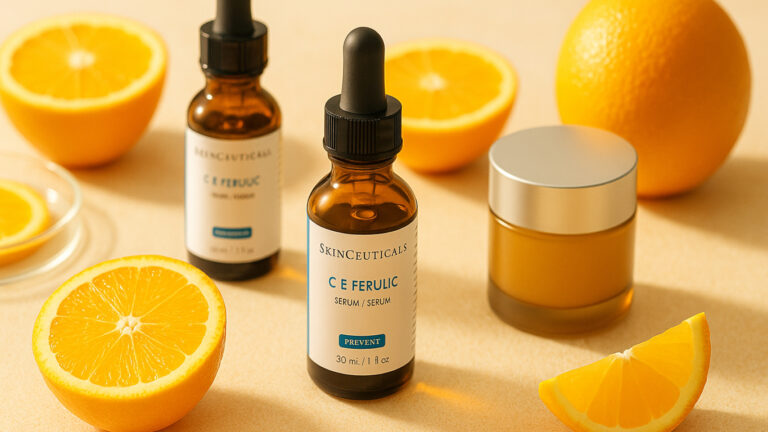When your skin barrier is compromised, it weakens your body’s natural defense against the environment. The good news? With a consistent, minimal routine, you can help repair and strengthen it.
What is the Skin Barrier?
Your skin barrier is like a brick wall. The lipids (fats) that exist between the skin cells act as the mortar that keeps everything together, while the skin cells themselves are the bricks.
The primary goal of this barrier is to:
- Locks in moisture
- Keeps out bacteria, pollutants, and irritants
- Maintains overall skin health
Signs Your Skin Barrier is Damaged
When that barrier is damaged, water escapes, and irritants stuff gets in. You might have a compromised skin barrier if you’re noticing:
- Chronic dryness or tightness.
- Redness and irritation.
- Stinging or burning when using skincare
- Flaky, rough texture.
- Heightened sensitivity or unexpected outbreaks
How to Heal Your Skin Barrier
Let’s get into repair mode. Here’s how you can help your skin bounce back:
1. It’s time to get back to the basics
- Simplify your routine to the essentials: a gentle cleanser, a hydrating moisturizer, and sunscreen with SPF 30 or higher.
- Avoid harsh ingredients like alcohols, sulfates, fragrances, retinoids, and exfoliants (e.g., AHAs and BHAs), as these can worsen irritation.
2. Moisturize, Moisturize, Moisturize
Look for barrier protecting ingredients that contain:
- Ceramides: Strengthen the lipid layer and retain moisture.
- Niacinamide: Calm inflammation and improve barrier function.
- Hyaluronic Acid: Deeply hydrates and plumps the skin.
- Fatty Acids and Peptides: Support repair and hydration.
3. Be Gentle with Your Skin
- Avoid scrubbing or using rough cloths; instead, air dry or pat your skin dry with a soft towel.
- Use lukewarm water for cleansing to prevent further irritation.
4. Protect Against Environmental Stressors
UV rays can worsen a compromised barrier. Wear SPF 30 or higher daily and reapply if you’re outside for extended periods. (Every morning. Even if it’s cloudy)
5. Stay Hydrated Inside and Out
Drink plenty of water and eat foods rich in healthy fats, such as avocados and fish oils, to support hydration from within.
6. Gradually Reintroduce Active Ingredients
Once your skin barrier is healed (typically within 3 – 4 weeks for mild damage or up to 3 months for severe cases), reintroduce actives like retinoids or vitamin C slowly, one at a time, to avoid overwhelming your skin.
Final Thoughts
Healing your skin barrier isn’t about doing more – it’s about doing less and doing it gently. Once your skin is calm and healthy again, you’ll have a much better base for any treatments or products you love. Healthy skin is happy skin!
Photo from: Freepik


